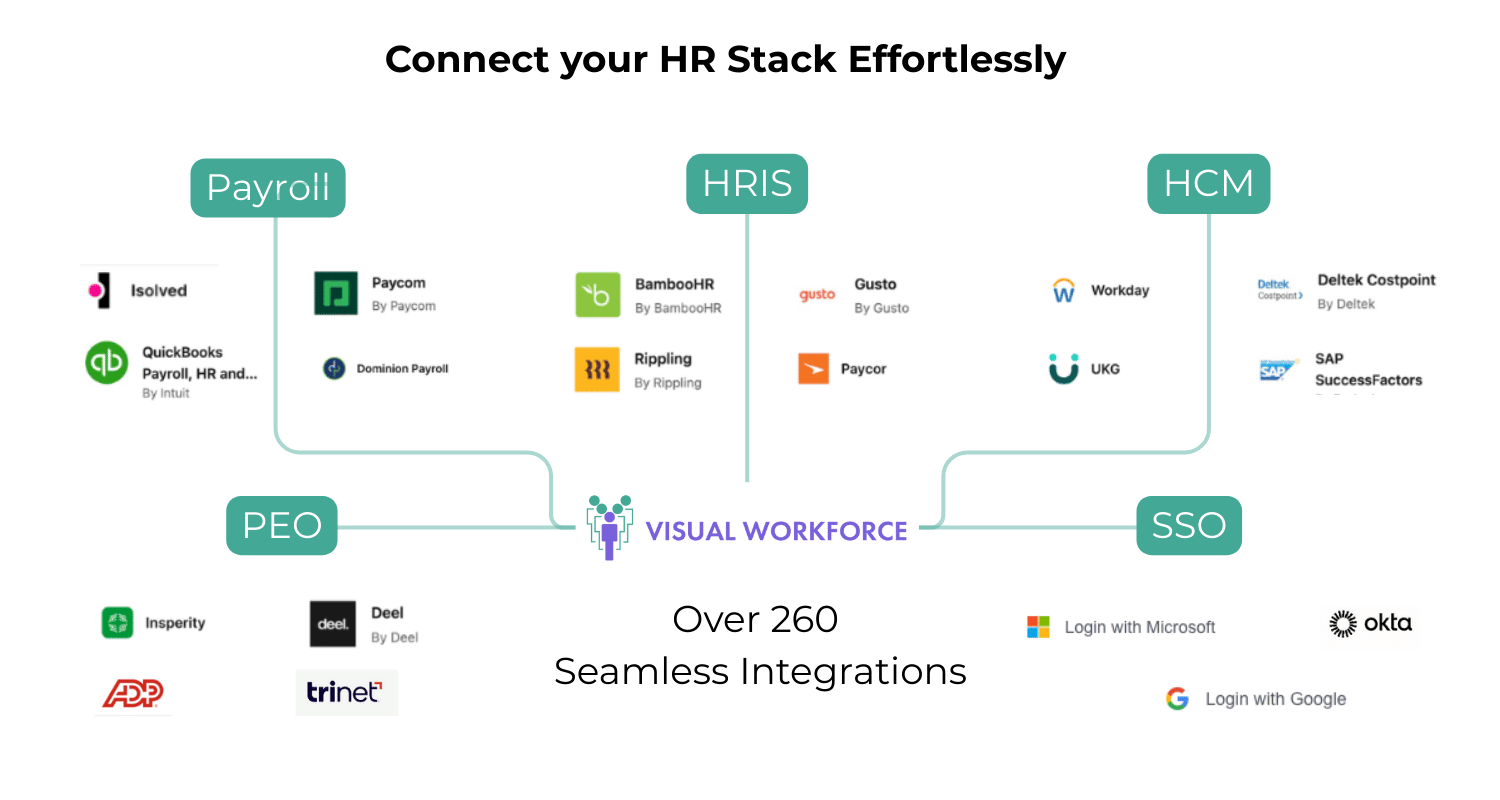Why Your Employees Want You To Focus on Career Growth, Not Just Engagement
Employee engagement has become an overused buzzword and often misinterpreted as only developing "engaging" cultures that keep employees happy. Statistics tell a different story.
In 2018, it was predicted that 42 million employees would leave their jobs. That prediction did serve as a precursor to a larger trend that emerged in 2021 and 2022, often referred to as "The Great Resignation." During this period, millions of employees voluntarily left their jobs, seeking better pay, work-life balance, or more fulfilling careers. This trend, likely influenced by factors such as the COVID-19 pandemic, remote work opportunities, and a reassessment of personal and professional priorities.
Microsoft and LinkedIn Survey: Nearly 50% of workers are considering quitting their jobs.
Gallup Poll: Half of employees are looking to leave their current jobs.
ZipRecruiter Survey: Americans' confidence in their job-hunting prospects is at its highest point in two years.
Key factors driving this trend include:
Burnout and Stress: The pandemic-era shift to remote work and increased workloads have led to burnout for many employees.
Job Satisfaction: Many workers are seeking more fulfilling roles that align with their values and goals.
Remote Work Flexibility: The desire for flexible work arrangements, such as remote or hybrid work, continues to be a major factor in job satisfaction.
Economic Uncertainty: Despite the ongoing economic challenges, many workers feel confident in their ability to find new opportunities.
Why are these statistics so dismal if employers are emphasizing employee engagement?
Employees don't feel like they are challenged enough and are seeking new means of professional growth.
While employers spend too much time focusing on building a fun, engaged culture, they aren't prioritizing the #1 thing employees want: career growth.
Business managers need to start focusing their efforts on developing the skills and capabilities of their workforce. 42% of employees say that learning and development is the most important benefit when deciding where to work.
What Do Companies Gain From Promoting Employee Career Growth?
Focusing on career progression will provide you the profitable return you wish your current engagement strategies were producing. It creates a positive chain reaction. When employees receive the career growth they've been seeking your workforce subsequently becomes stronger.
A recent study found that 55% of employees say they will move to another job if they feel their current employer is not doing enough to keep their skills up to date. Providing an environment that consistently challenges your top talent to improve their skills also helps you retain your top experts and upcoming stars. In a job market experiencing a shortage of several high-demand skills, finding and retaining top talent has become more than a perk, it's turning into a competitive advantage.
Additionally, by training your workforce in the skills and capabilities required for future objectives, you are future proofing your business. 54% of organizations believe the digital skills gap is hampering their digital transformation programs. You can avoid this roadblock by prioritizing digital skill development now before any big organizational changes occur. For example, if you know your organization is planning to transition operations to the cloud, you can start to train your workforce in the necessary skills now, instead of suffering the substantial costs of a skills gap.
Related Post: The Surprising Reason Your Digital Transformation Could Fail
Why Is It The Business Manager’s Responsibility To Promote Career Growth?
Traditionally, keeping employees happy and "engaged" was a task assigned to HR departments. Now, as employees are seeking actual career progression from their current environment, this responsibility has shifted towards business managers who directly influence career growth.
Business managers are the ones on the ground-level who can best recognize opportunities for growth because it directly affects their outcomes. They are also the ones that can make changes that can promote career growth.
For example, a business manager can add an employee to a higher-level project if they need a more challenging environment. HR can't make this decision. Managers should also be more incentivized to improve their team's performance which directly correlates to HR skills.
How Can Managers Start Shifting Efforts Towards True Employee Career Progression?
Providing development resources and programs just to say your focus on employee career growth will land you in the same bucket as engagement. Establishing an environment that promotes actual career progression requires a long-term commitment from business managers.
Start By Identifying Your Gaps To Find Opportunities for Growth
You should immediately begin tracking and identifying skills gaps in your workforce. What are your employees' strengths? What about their weaknesses? Be sure to evaluate both hard and soft skills. The discrepancies you identify will provide a good indication of where there is an opportunity to support growth.
Related Post: The Best Way To Identify and Track Your Team’s Hard and Soft Skills
The best method to track skills is through a skills planning. A good skills planning is designed to provide a snapshot of the current skills and capabilities of your workforce. This tool can help you recognize skills gaps and areas of potential growth opportunities.
Once you have a quality understanding of your employees strengths and weaknesses, you can start to plan initiatives that address areas of potential growth. These initiatives can come in the form of tailored training programs, access to external resources, or challenging projects. Whatever plan you choose to pursue will be back by real data meaning they will have a higher chance of contributing to true career progression.
Related Post: What Are The Business Benefits of Having a Skills Inventory
The numbers are clear; focusing on employee engagement is not getting us very far. It's time to listen to what employees want: career growth. Start by identifying your employees' current skills and capabilities. Then use the gaps to develop initiatives that promote true career progression for your employees.
Focusing on career progression is a 2-way street. Employees receive tailored development, are continuously challenged, and fulfillment. In return, your company receives higher performance from its workforce, retains top experts, and sees a bigger return on investment.
Ready to invest in the future of your workforce?
Learn how Visual Workforce can help you discover and optimize the skills and capabilities of your people, teams, and projects.








